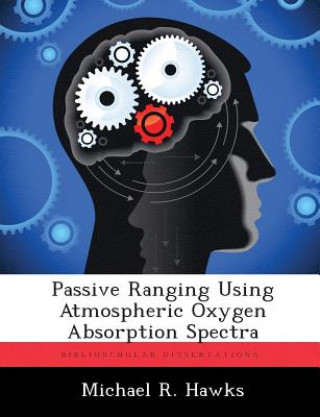
Code: 08242631
Passive Ranging Using Atmospheric Oxygen Absorption Spectra
by Michael R Hawks
The depth of absorption bands in observed spectra of distant, bright sources can be used to estimate range to the source. Previous efforts in this area have relied on measuring infrared CO2 bands, with disappointing results. A nov ... more
- Language:
 English
English - Binding: Paperback
- Number of pages: 138
Publisher: Biblioscholar, 2012
- More about this

You might also like
-

Ko Ko Story
12.61 € -
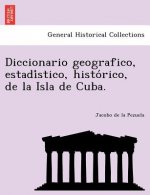
Diccionario geografico, estadístico, histórico, de la Isla de Cuba.
33.70 € -

Lowell Lectures. Pictures of Russian History and Russian Literature.
31.48 € -
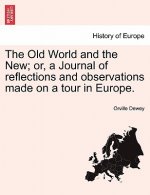
Old World and the New; Or, a Journal of Reflections and Observations Made on a Tour in Europe.
34.71 € -

Jack of Hearts
22.60 €
Give this book as a present today
- Order book and choose Gift Order.
- We will send you book gift voucher at once. You can give it out to anyone.
- Book will be send to donee, nothing more to care about.
More about Passive Ranging Using Atmospheric Oxygen Absorption Spectra
You get 150 loyalty points
 Book synopsis
Book synopsis
The depth of absorption bands in observed spectra of distant, bright sources can be used to estimate range to the source. Previous efforts in this area have relied on measuring infrared CO2 bands, with disappointing results. A novel approach is presented here and demonstrated using observations of the O2 absorption band near 762 nm. Oxygen was chosen because its concentration is more stable and predictable than CO2 or H2O, and this band is spectrally isolated from other atmospheric bands, which enables direct estimation of absorption. Range is estimated by comparing observed values of band-average absorption, A , against curves derived from either historical data or model predictions. Curves are based on fitting a random band model to the data, which reduces average range error by 67% compared to the Beer's Law model used in previous work. An original model is presented based on a traditional random band model, modified to account for variations in absorber concentration over long, inhomogeneous paths. This mod- ification further reduces error by over 50% in short-range experiments, and can be used in conjunction with any band model. A static rocket motor test was observed using a Bomem MR-254 Fourier trans- form spectrometer at a range of 2.8 km. In this case, observed values of A were com- pared against data simulated using FASCODE, a validated atmospheric transport model. Detailed atmospheric soundings were not required; a standard atmosphere was used, and a simple correction, based on published meteorology data, is presented. The resulting range estimate was accurate to within 0.5% (14 m). Similar accuracy was also achieved at shorter ranges using a lamp as a surrogate target. Long-range performance is predicted by using FASCODE and theoretical mod- els to extrapolate observed short-range performance. Range error of 5% or less is predicted at ranges up to 400 km for a representative target.
 Book details
Book details
Book category Books in English Society & social sciences Education
59.95 €
- Full title: Passive Ranging Using Atmospheric Oxygen Absorption Spectra
- Author: Michael R Hawks
- Language:
 English
English - Binding: Paperback
- Number of pages: 138
- EAN: 9781288307234
- ISBN: 9781288307234
- ID: 08242631
- Publisher: Biblioscholar
- Weight: 259 g
- Dimensions: 246 × 189 × 8 mm
- Date of publishing: 16. November 2012
Trending among others
-
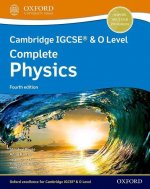
Cambridge IGCSE (R) & O Level Complete Physics: Student Book Fourth Edition
42.08 € -

Cambridge IGCSE (R) & O Level Complete Biology: Student Book Fourth Edition
42.08 € -

Cambridge IGCSE (R) & O Level Complete Chemistry: Student Book Fourth Edition
51.06 € -

Oxford IB Diploma Programme: IB Economics Course Book
62.27 € -
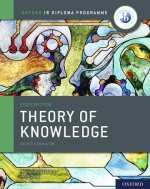
Oxford IB Diploma Programme: IB Theory of Knowledge Course Book
58.03 € -

Oxford International Primary Science Second Edition: Workbook 4
15.03 € -

Business Partner B1 Workbook
17.65 € -7 % -

CompTIA Security+ Review Guide - Exam SY0-601
24.72 € -24 % -

KS3 Maths 10-Minute Weekly Workouts - Year 8
8.07 € -8 % -
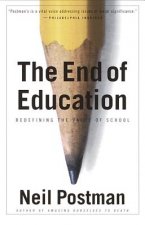
The End of Education
13.41 € -25 % -

English for Nurses Pre-Intermediate Level Book 1
9.58 € -9 % -

Cambridge IGCSE (R) & O Level Complete Biology: Print and Enhanced Online Student Book Pack Fourth Edition
61.26 € -
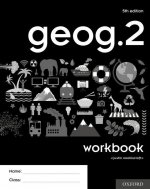
geog.2 Workbook
11.50 € -6 % -

Oxford IB Study Guides: Economics for the IB Diploma
47.73 € -

Teach Reading With Orton-gillingham
18.76 € -10 % -

KS3 Maths 10-Minute Weekly Workouts - Year 7
8.07 € -8 % -

Blue Book of Grammar and Punctuation: An Easy- to-Use Guide with Clear Rules, Real-World Examples , and Reproducible Quizzes, Twelfth Edition
15.13 € -28 % -

Business Partner B1+ Workbook
16.85 € -3 % -

Powerful Teaching: Unleash the Science of Learning
26.13 € -26 % -

Business Partner B2 Workbook
16.85 € -3 % -

Embodied Teen
21.69 € -16 % -

(ISC) SSCP SG & SSCP Practice Test Kit, 3e
65.09 € -28 % -

Growth Mindset Classroom-ready Resource Book
16.24 € -28 % -

AQA A Level Biology Revision Guide
25.63 € -5 % -

UKCAT For Dummies
23.21 € -28 % -

Oxford International Primary Maths Second Edition: Practice Book 1
12.20 € -

Oxford International Primary Science Second Edition: Student Book 1
26.84 € -

Donny's Unauthorized Technical Guide to Harley Davidson 1936 to Present
48.04 € -16 % -

OET Speaking for Nurses Book 2
11.60 € -2 % -

Edexcel International GCSE Chemistry Student Book Second Edition
31.68 € -14 % -

Oxford International Primary Maths Second Edition: Practice Book 2
12.20 € -
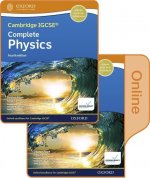
Cambridge IGCSE (R) & O Level Complete Physics: Print and Enhanced Online Student Book Pack Fourth Edition
63.08 € -

Walk Your Talk; Tools and Theories To Share Nonviolent Communication
29.36 € -

OET Speaking For Nurses Book 1
12.81 € -

Oxford International Primary Maths Second Edition: Practice Book 3
13.62 € -

Social Skills Activities for Secondary Students wi th Special Needs, Third Edition
26.33 € -22 % -
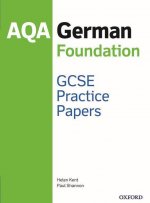
AQA GCSE German Foundation Practice Papers
15.33 € -

geog.1 5th edition Workbook Answer Book
56.51 € -

New KS2 English Year 5 Foundation Grammar, Punctuation & Spelling Targeted Question Book w/Answers
8.97 € -5 % -

AQA French A Level Year 1 and AS
50.46 € -

Making Escape Rooms for Educational Purposes
18.76 € -

Cambridge IGCSE (R) & O Level Complete Chemistry: Print and Enhanced Online Student Book Pack Fourth Edition
63.08 € -

New KS2 English Year 4 Foundation Grammar, Punctuation & Spelling Targeted Question Book w/Answers
8.97 € -5 % -

Education in the New Age
12.91 € -

240 Vocabulary Words Kids Need to Know: Grade 3
11.80 € -17 % -
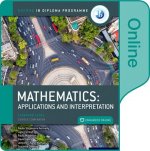
Oxford IB Diploma Programme: Oxford IB Diploma Programme: IB Mathematics: applications and interpretation Standard Level Enhanced Online Course Book
95.38 € -

Oxford International Primary Maths Second Edition: Practice Book 5
16.14 € -

OET Preparation
9.68 € -

Speed and Accuracy: Multiplication
8.57 €
Collection points Bratislava a 2642 dalších
Copyright ©2008-24 najlacnejsie-knihy.sk All rights reservedPrivacyCookies



 15549 collection points
15549 collection points Delivery 2.99 €
Delivery 2.99 € 02/210 210 99 (8-15.30h)
02/210 210 99 (8-15.30h)